This region includes the Solomon Islands, Vanuatu, New Caledonia, and the island of New Guinea, among many others.
c. 1500 B.C.E. - present
This region includes the Solomon Islands, Vanuatu, New Caledonia, and the island of New Guinea, among many others.
c. 1500 B.C.E. - present
We're adding new content all the time!
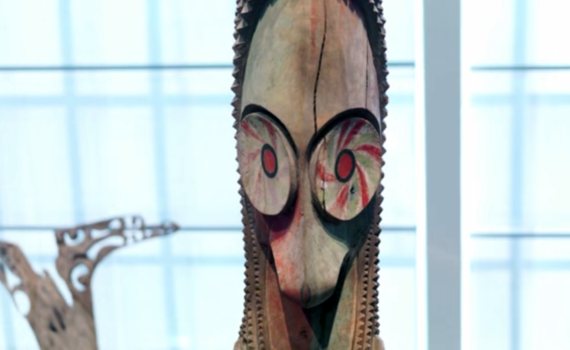
An ancestor's face on one of the largest instruments in the world
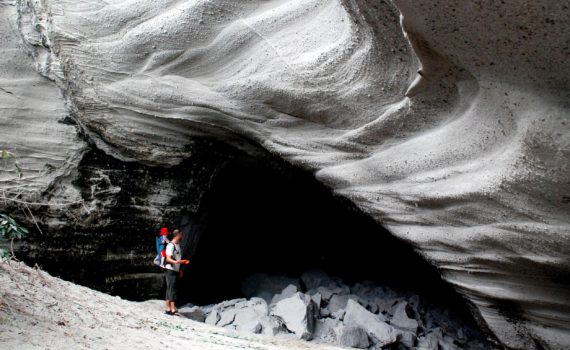
Chief Roi Mata’s Domain consists of three early 17th century sites on Vanuatu
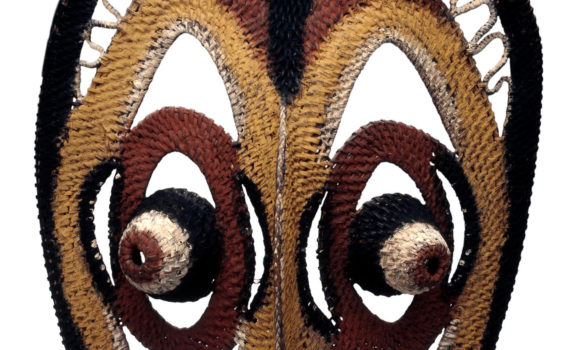
When decorated, the yams represent ancestral spirits called nggwal.
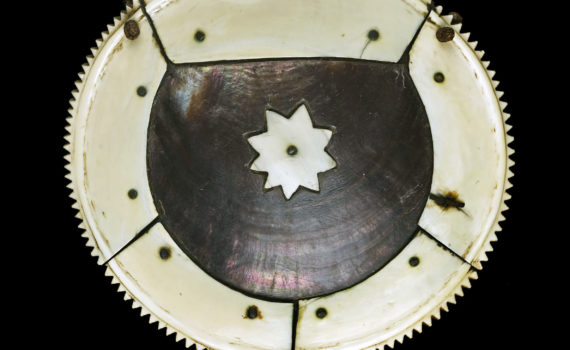
A breastplate of this style, known in Fijian as civavonovono, was worn as an emblem of high status for ceremonies or during battles.
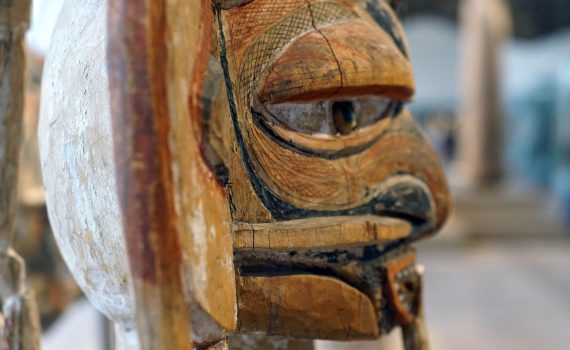
These intricate wooden carvings have confused anthropologists and confounded art historians for over a century.
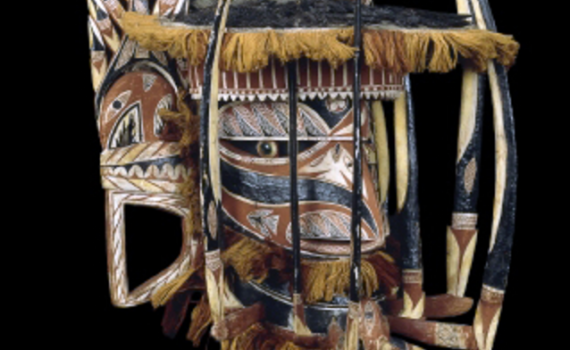
The small-scale societies of these islands became famous in the West for their ceremonial wooden carvings.
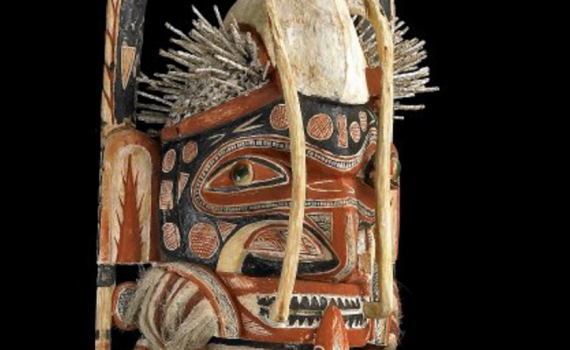
Collected from Papua New Guinea in the 1880s, this figure would otherwise have been destroyed after its ritual use.
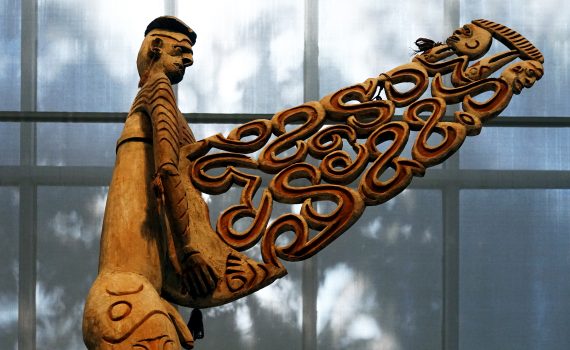
Master carvers produced statues like these when village leaders needed to bring their community back into balance.
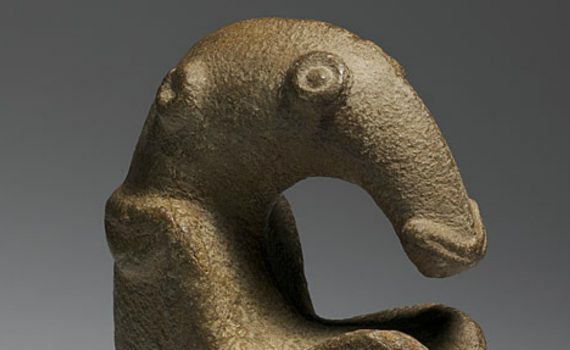
This intriguing artifact has a 3,500-year history. The latest chapter? A political debate over cultural heritage.
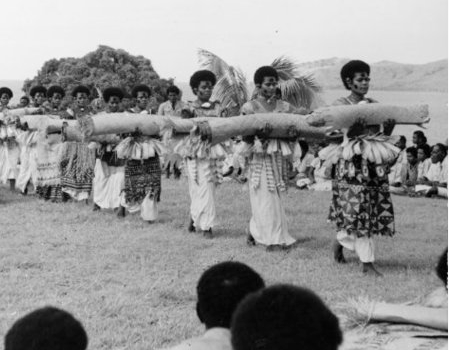
This photograph commemorates a historic royal visit and captures the practice of Fijian gift exchange.
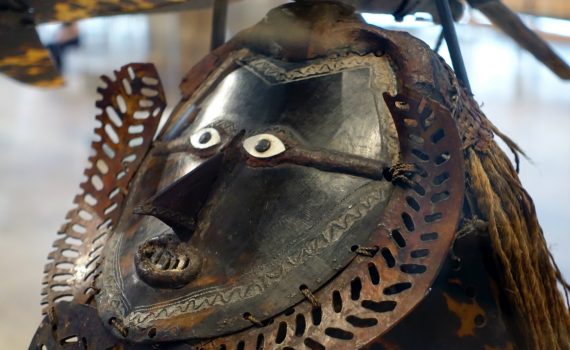
Though we lack an understanding of its use or cultural context, this turtle-shell mask was certainly precious.